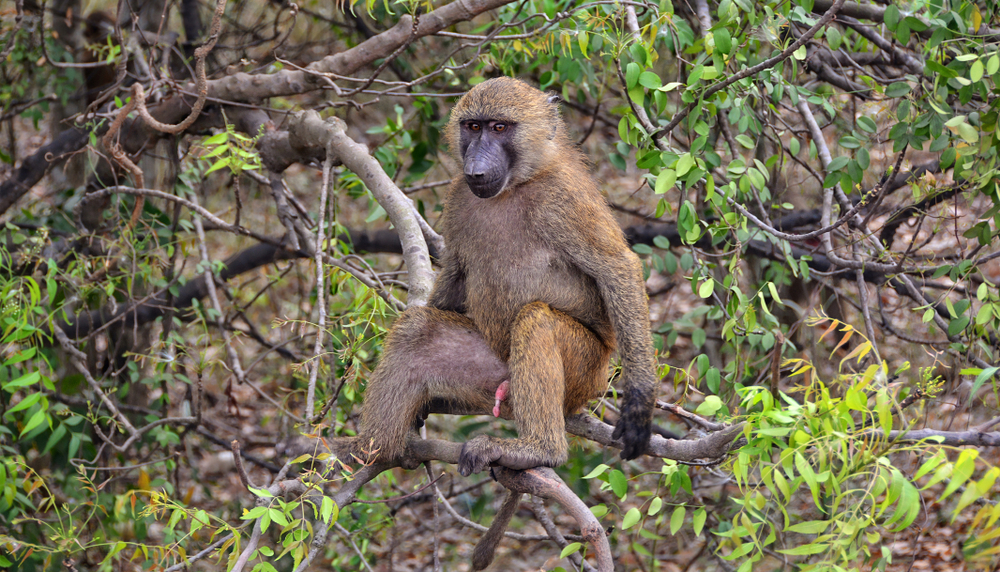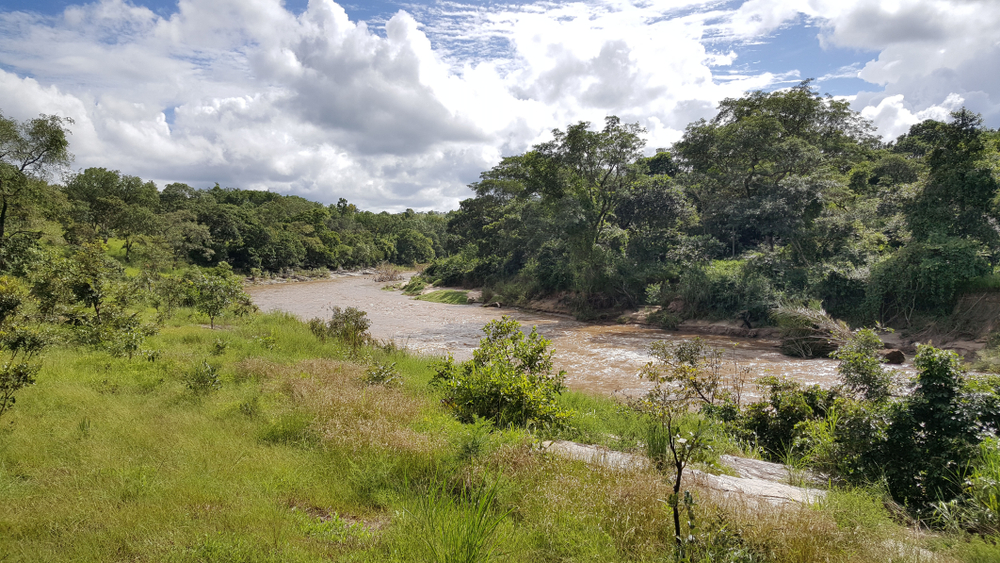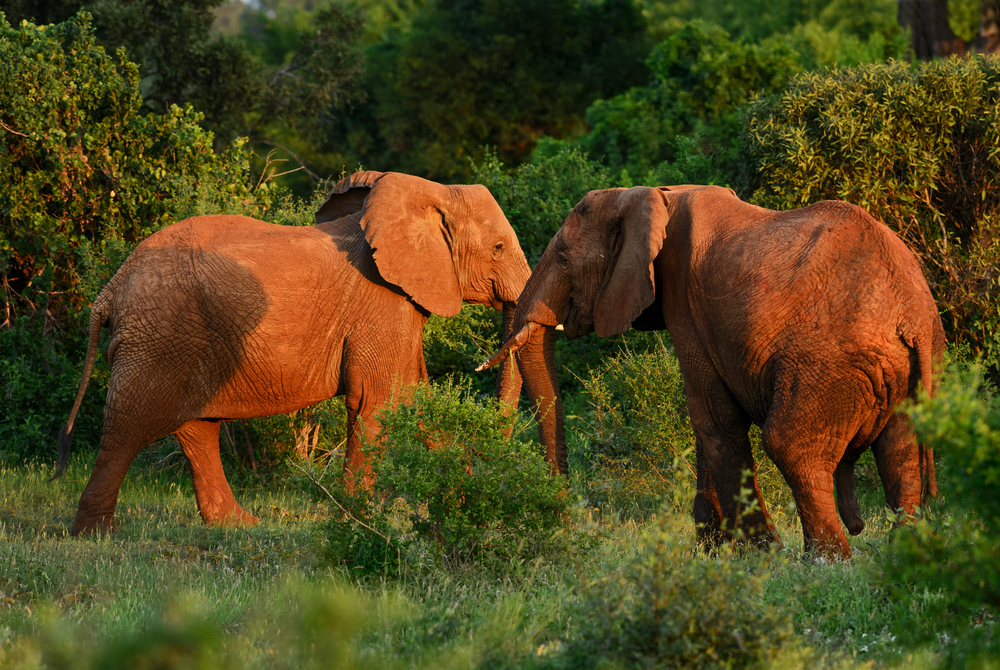Kéran Overview
Kéran National Park, known locally as “Parc National de la Kéran,” is a significant protected area in northern Togo, established in 1971 to conserve the region’s rich biodiversity. Spanning approximately 1,700 square kilometers, the park encompasses diverse ecosystems, including savannas, forests, and wetlands, each supporting a variety of flora and fauna.
The park’s landscape is characterized by the meandering Koumongou River, which nourishes the surrounding savannas and woodlands. While the park is not particularly known for mountains or waterfalls, its varied terrain includes rocky outcrops and riparian forests that add to its scenic beauty. These habitats provide sanctuary to numerous wildlife species, making it a haven for nature enthusiasts.
Wildlife in Kéran National Park is abundant and diverse. Visitors may encounter African elephants, known for their impressive size and social behavior, and various antelope species such as bushbucks and duikers, which gracefully navigate the park’s underbrush. Primates, including patas monkeys and olive baboons, are commonly observed, often seen foraging in groups. The park’s wetlands are home to hippopotamuses and crocodiles, which can be spotted along riverbanks and in water bodies. Additionally, the park boasts over 300 bird species, making it a paradise for bird watchers.
Kéran National Park is renowned for its commitment to conservation. Established to protect the Kéran Forest Reserve and the adjacent Oti Reserve, the park plays a crucial role in preserving Togo’s natural heritage. Conservation efforts focus on safeguarding wildlife habitats and promoting biodiversity. However, the park faces challenges such as human encroachment, poaching, and habitat degradation. To address these issues, initiatives have been implemented to engage local communities in conservation activities, emphasizing sustainable resource management and environmental education.
In summary, Kéran National Park offers a unique glimpse into Togo’s natural beauty and ecological diversity. Its varied landscapes and rich wildlife provide visitors with memorable experiences, while ongoing conservation efforts strive to ensure the protection of this valuable ecosystem for future generations.












































































